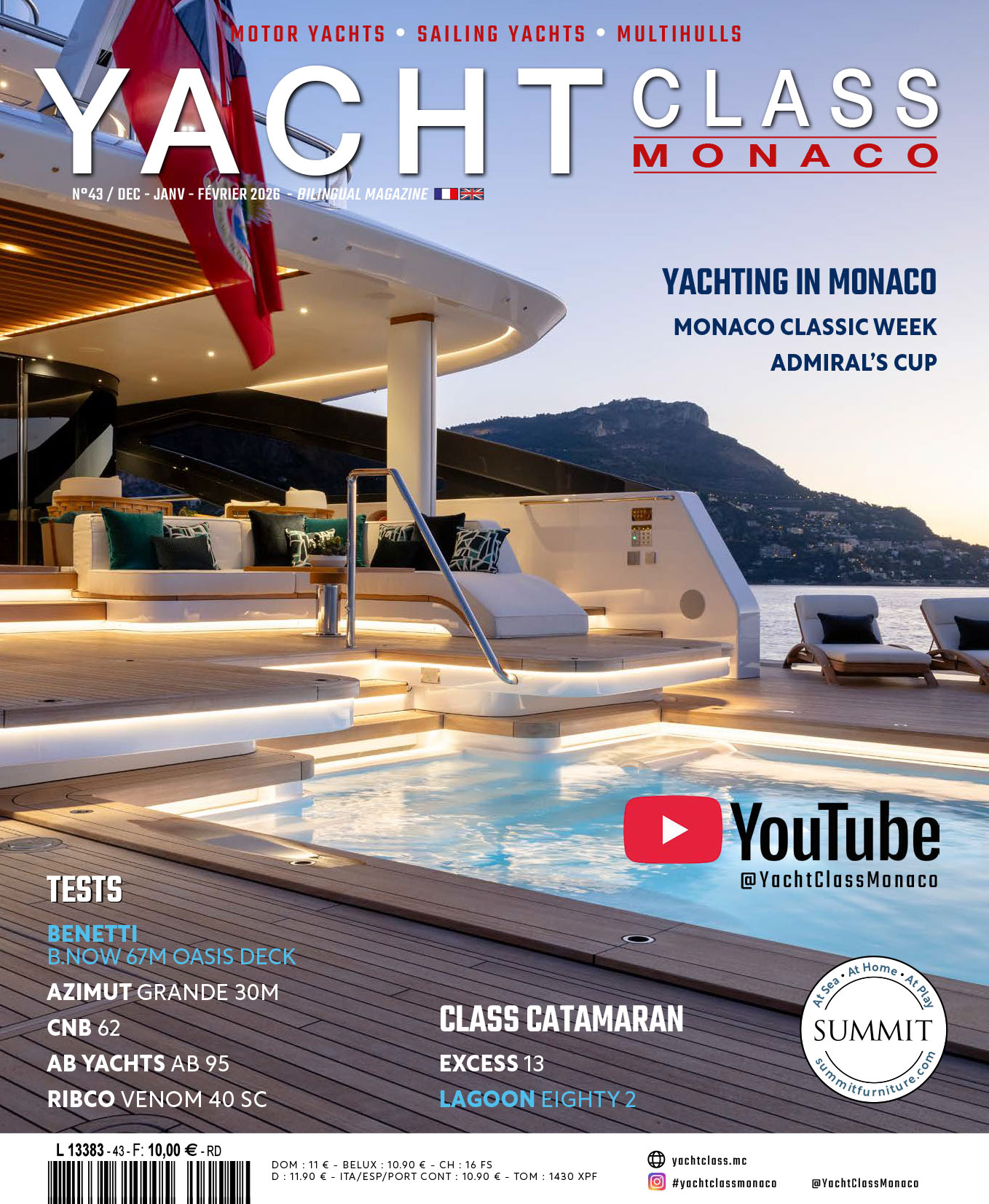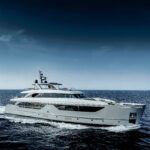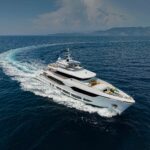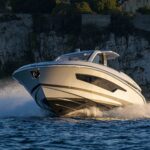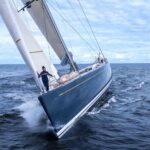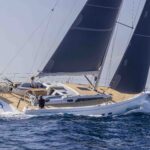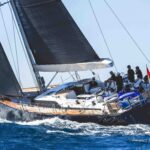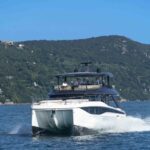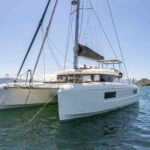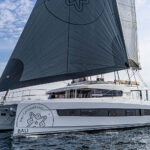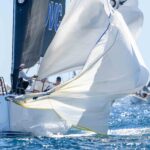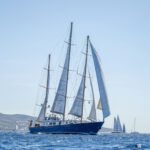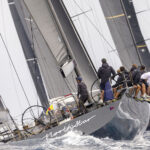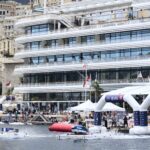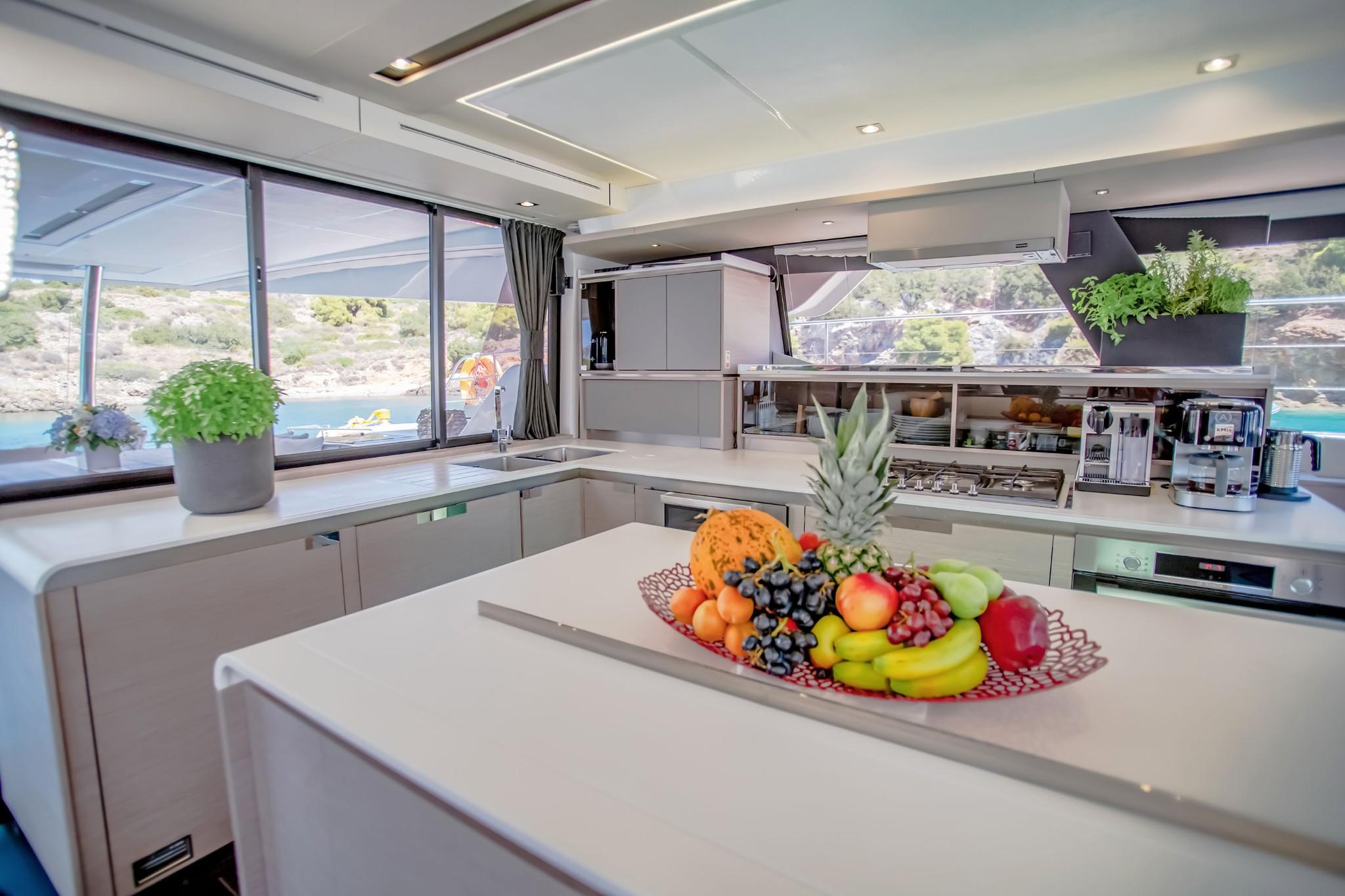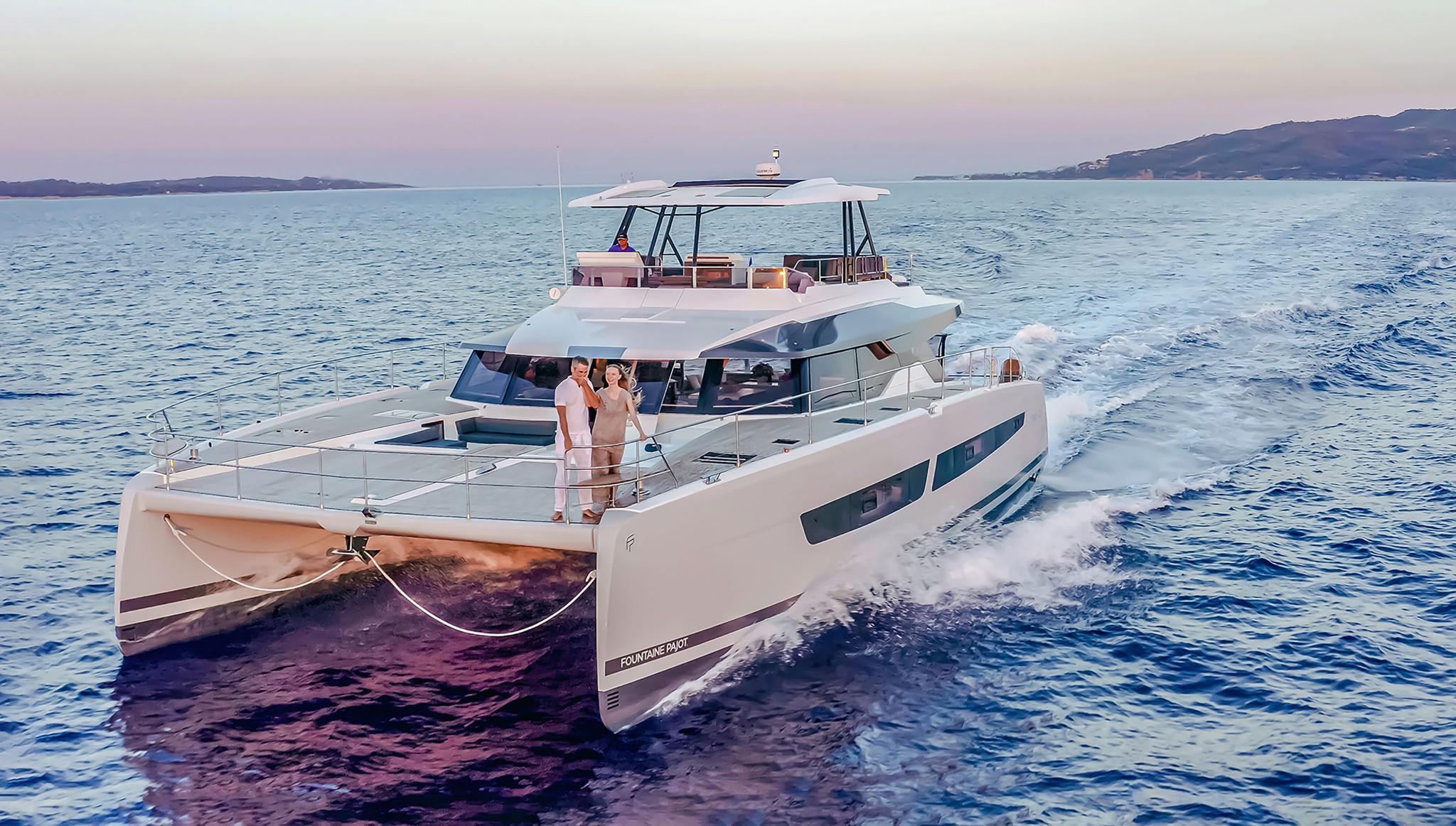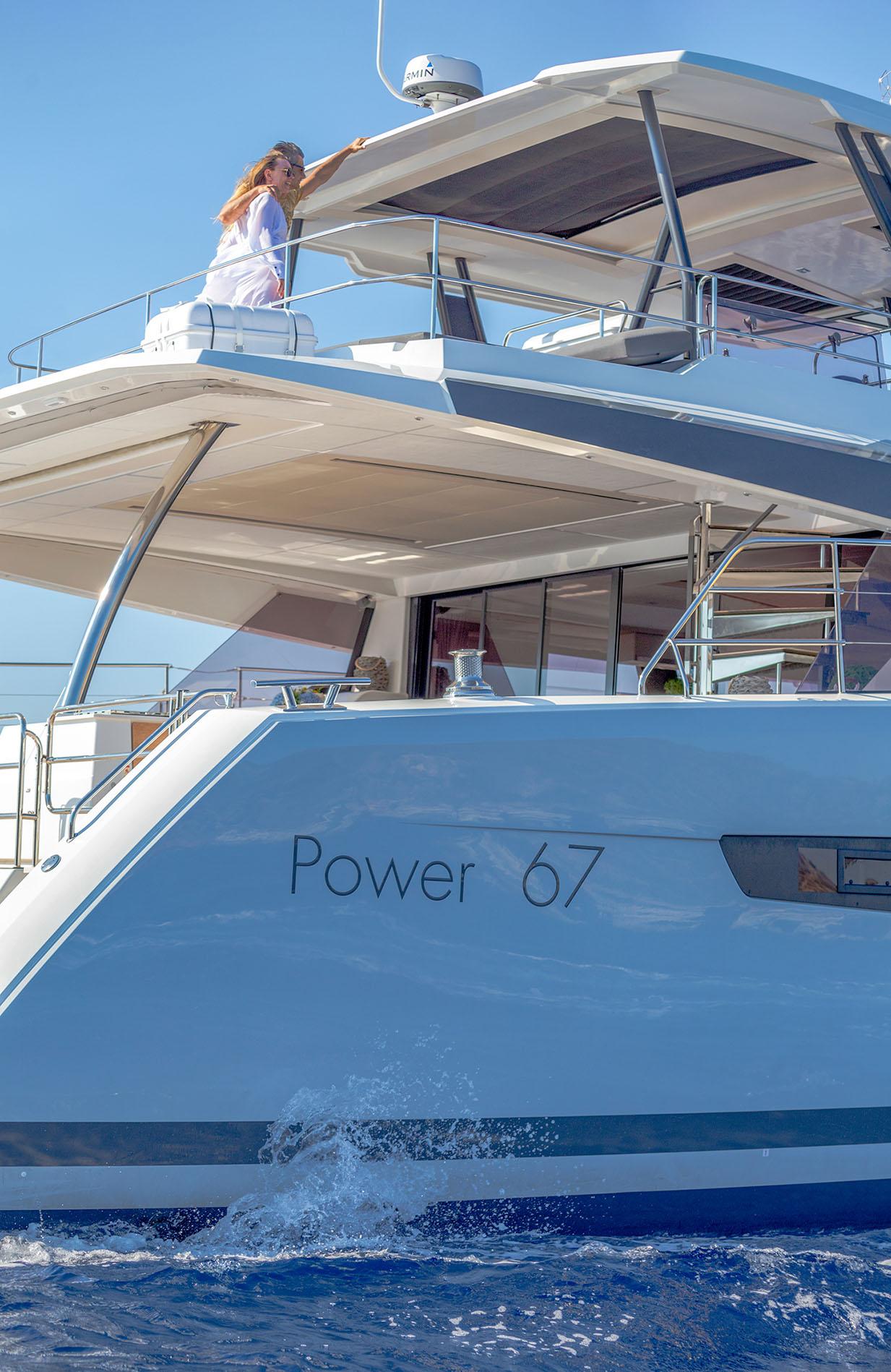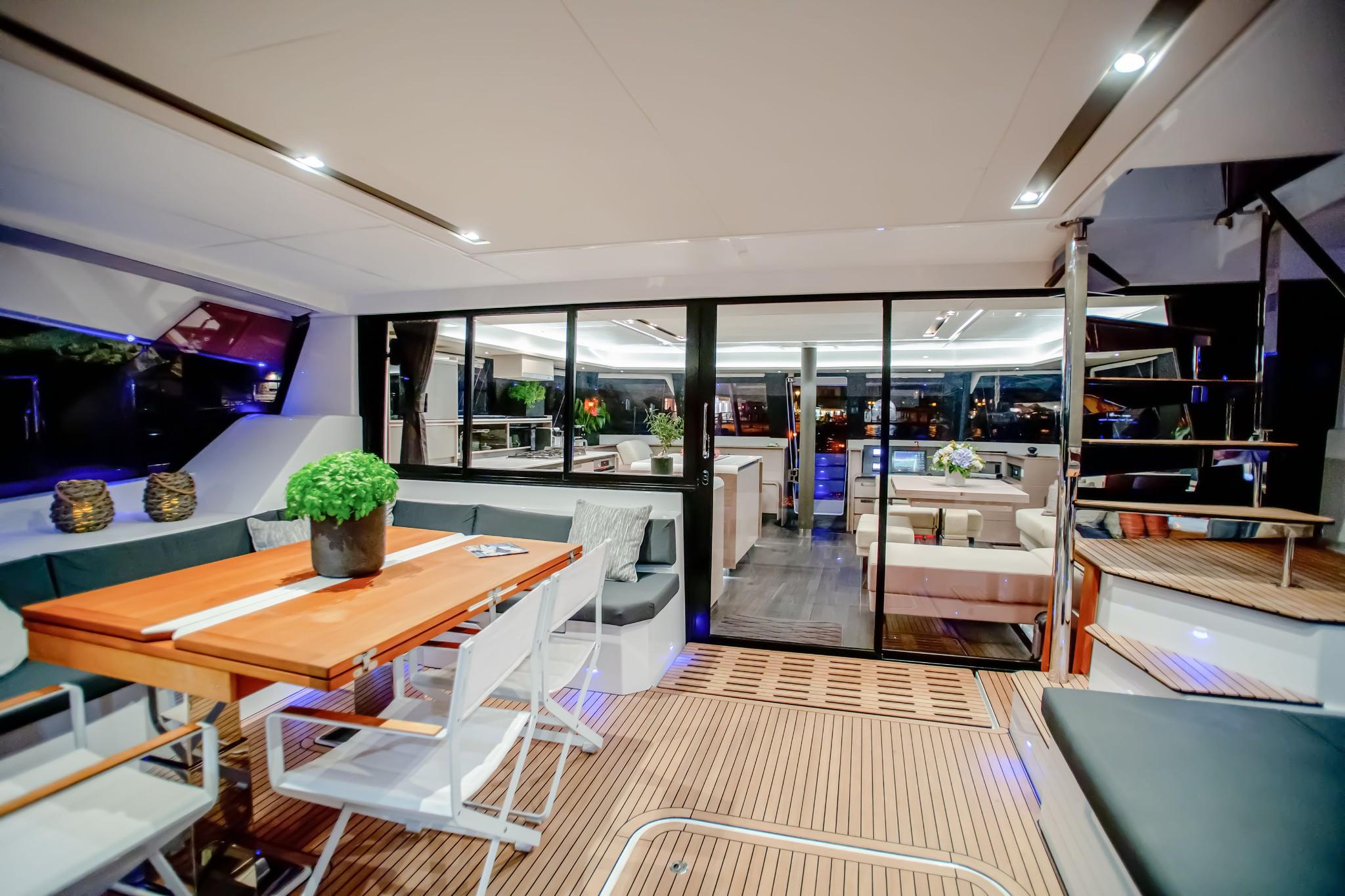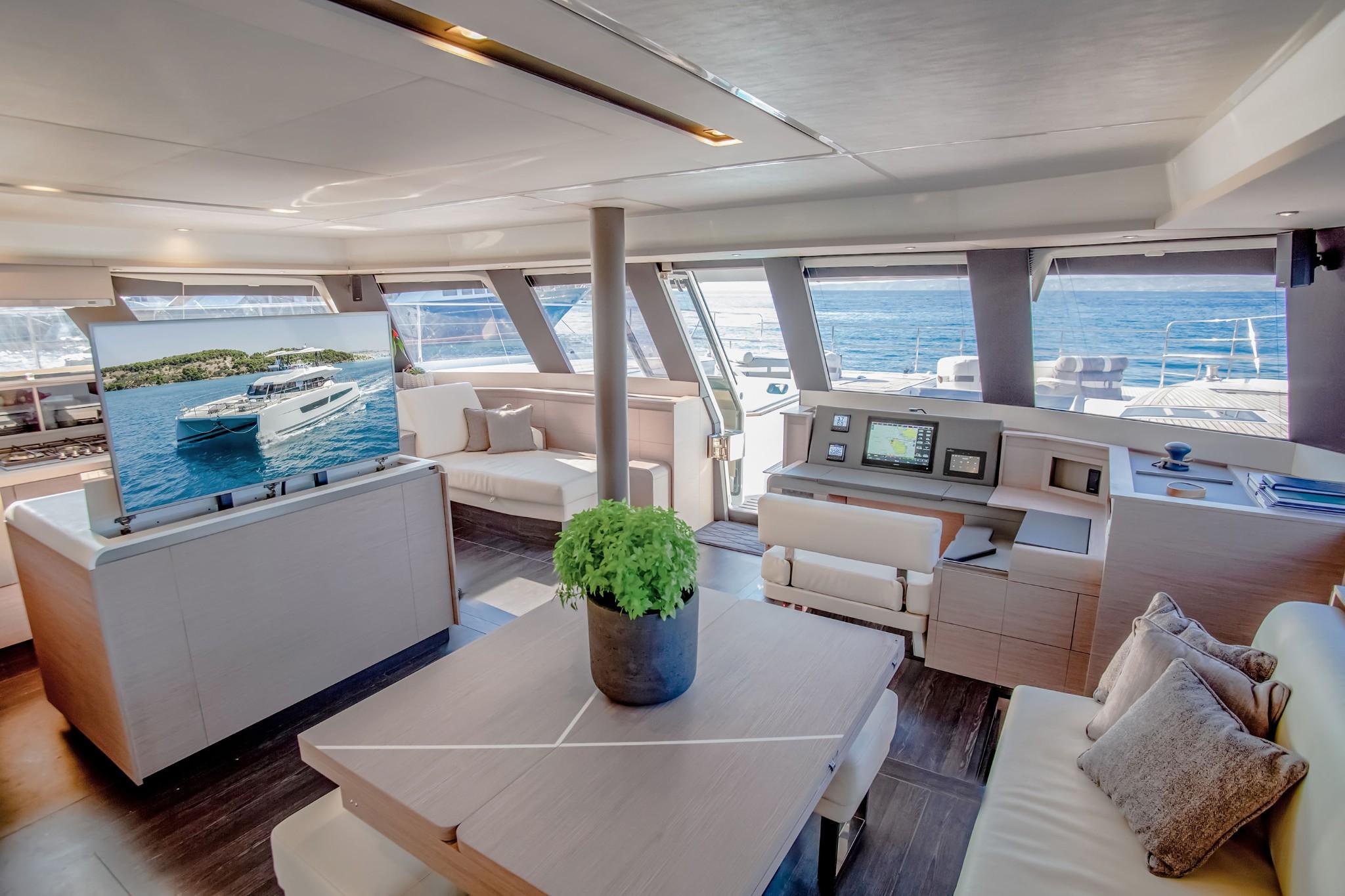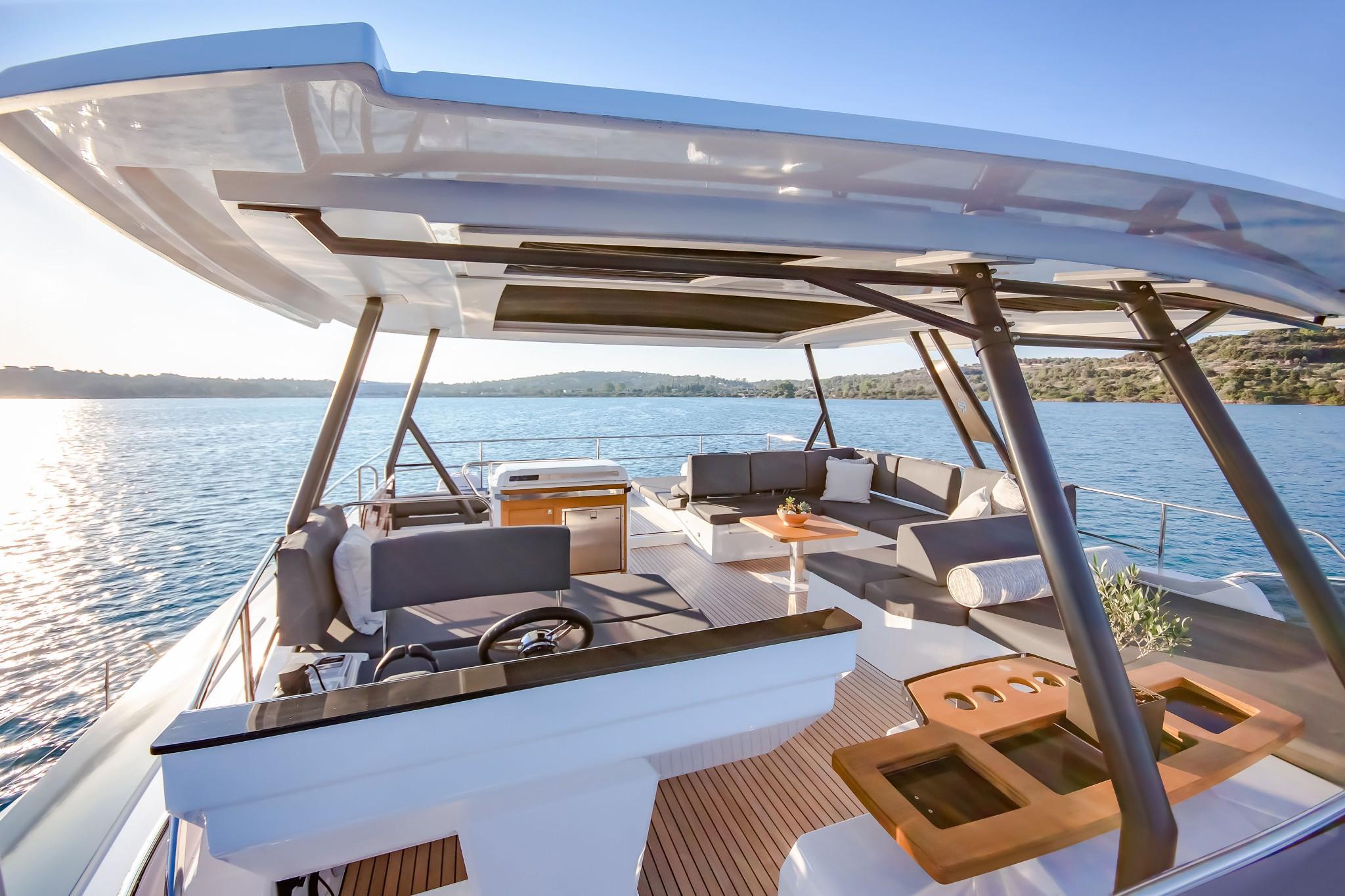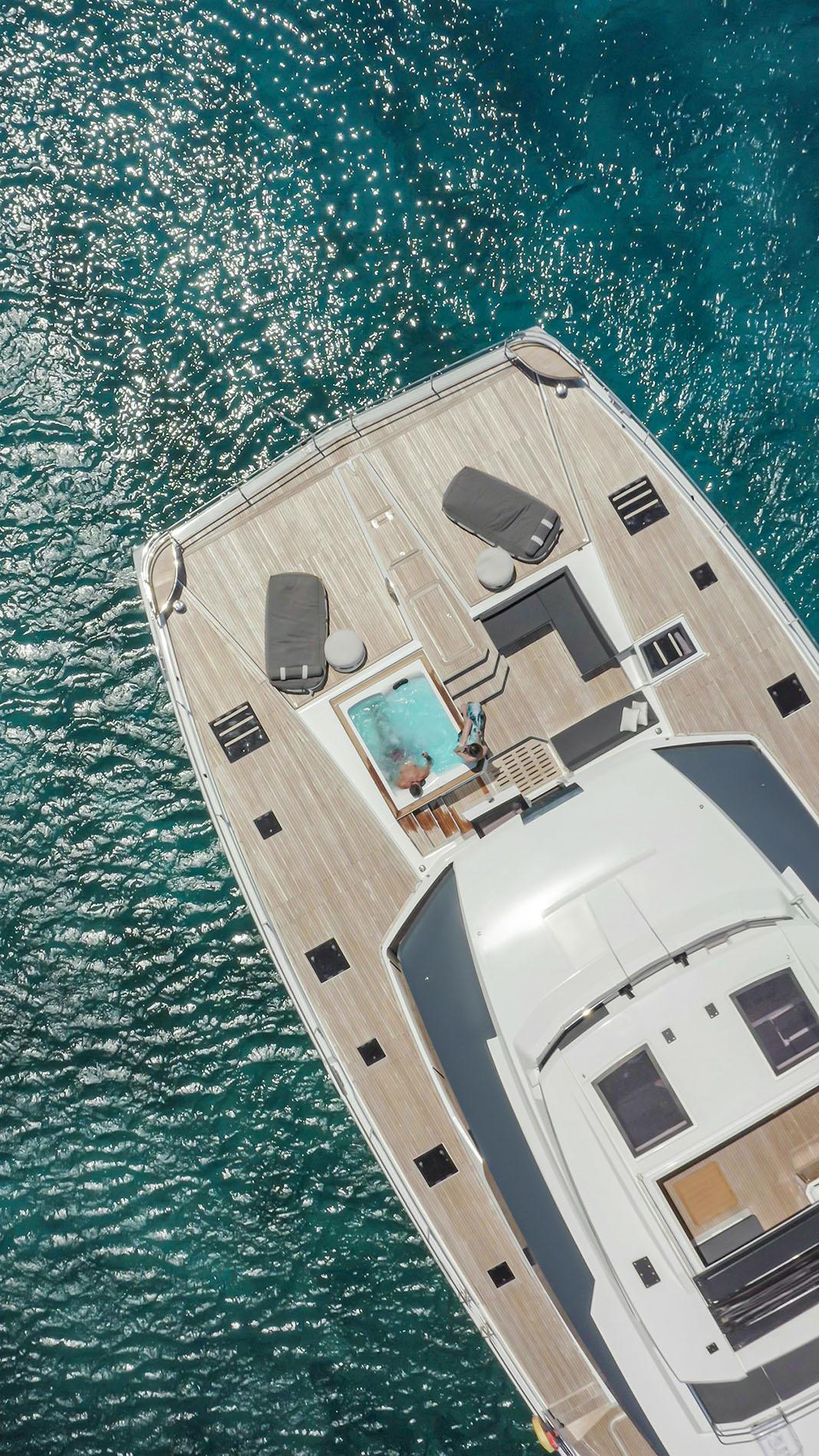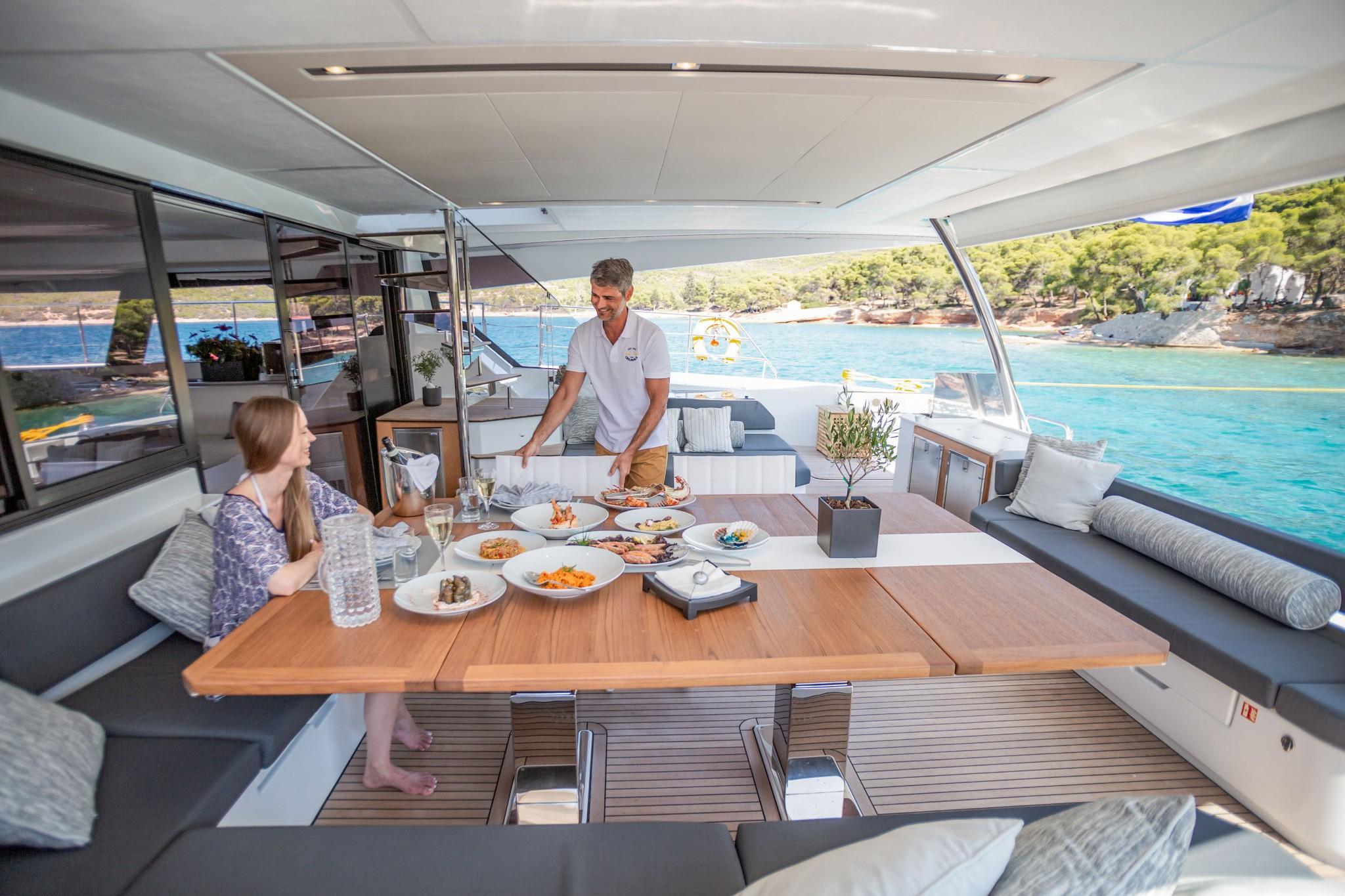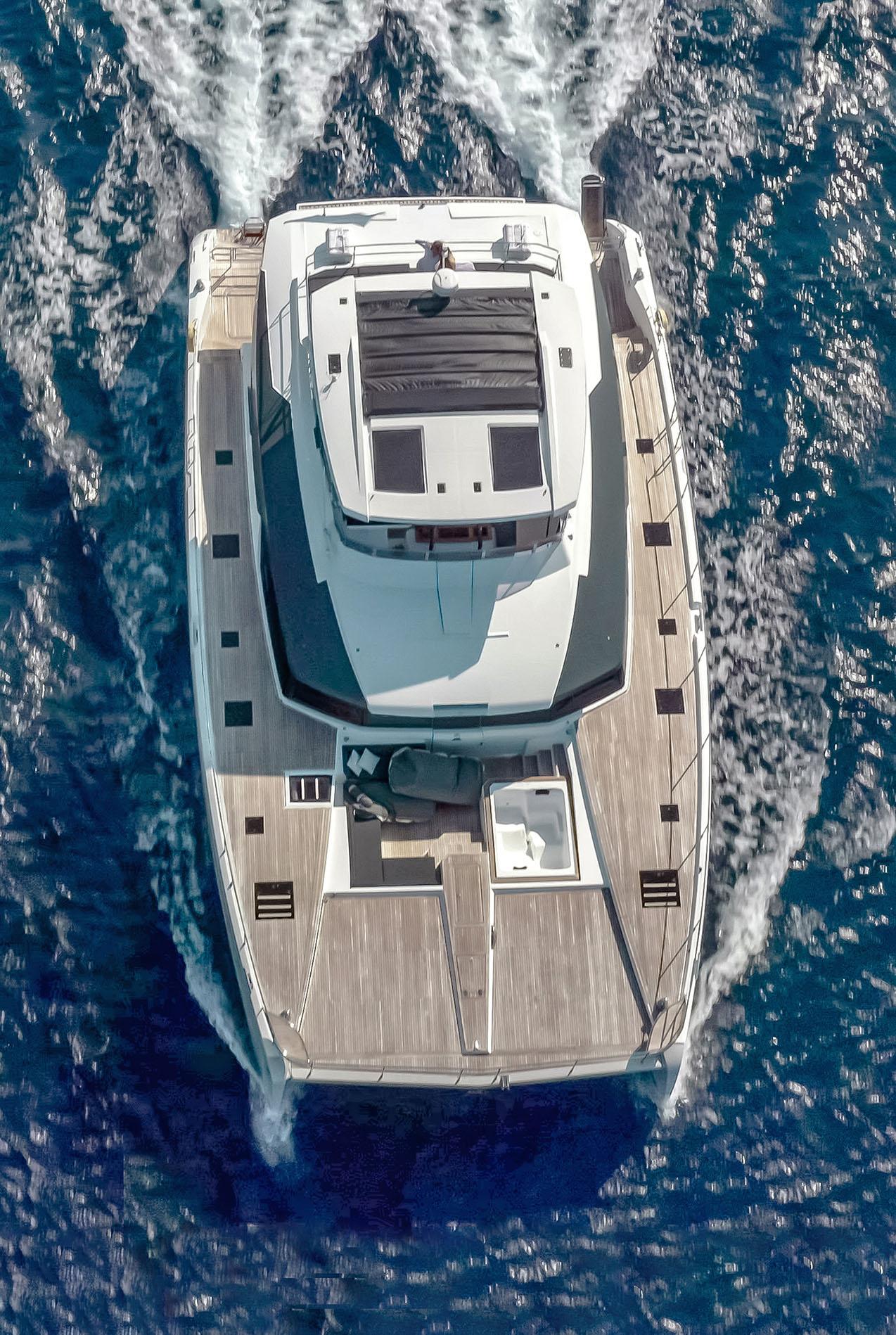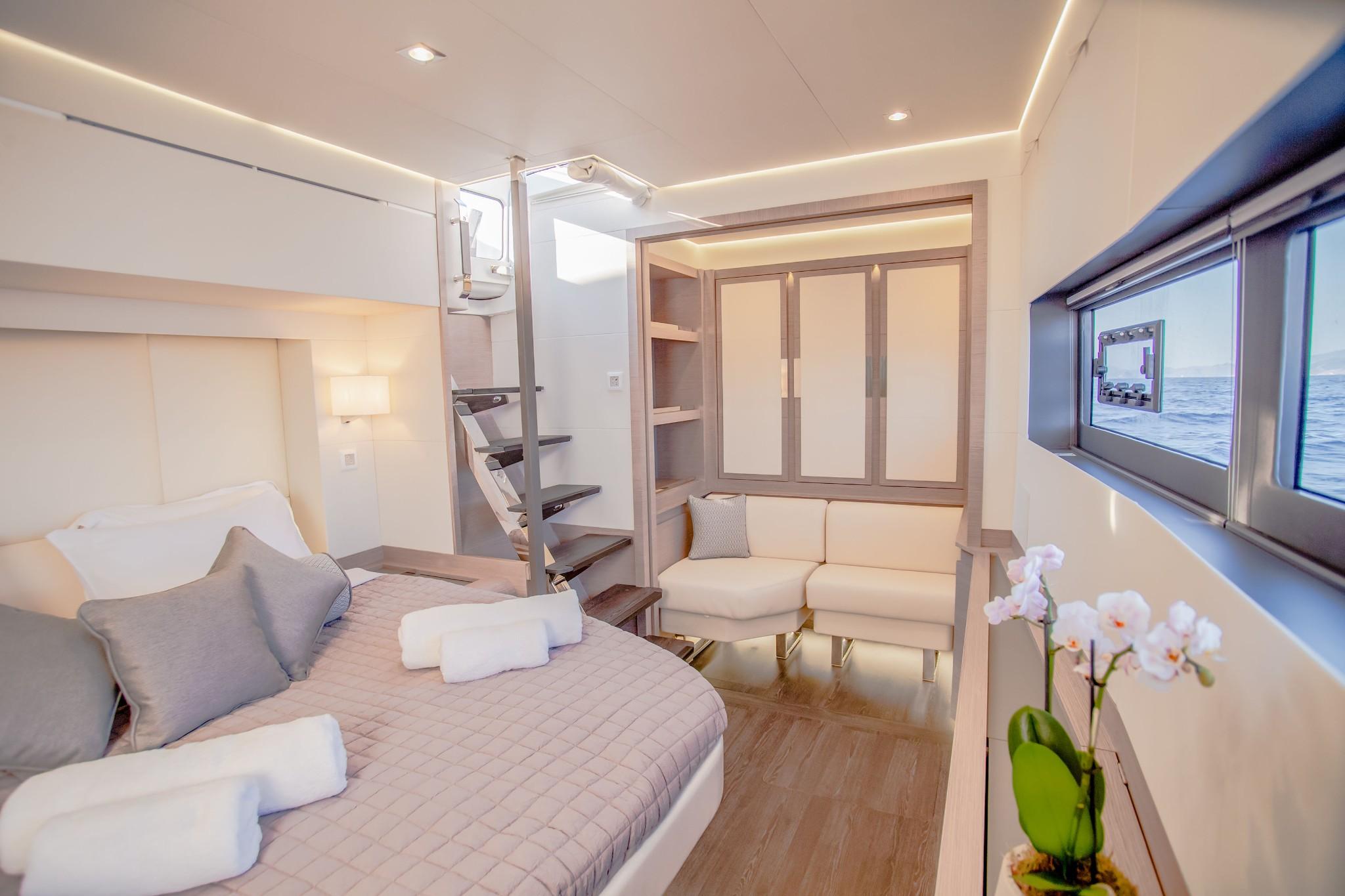Presentation
Yacht Class n°26 (sept-oct-nov 2021)
FOUNTAINE PAJOT
The La Rochelle-based shipyard, which was the first to bet on the power catamaran in the 1990s, is now enriching its motor yacht range with a flagship, the Power 67. Her performance predestines her for exclusive cruising, with an abundance of space and luxury.
Written by: Norbert Conchin – Photos: All rights reserved
Everyone has heard of her but only a few have discovered her as there had been no boat shows. In addition, no sooner was she launched that the Power 67 left for Greece, her destination, to offer her main talent: luxury cruising. Of course, the Alegria 67, her sailboat counterpart, gave us an insight last year, but when we were invited in Athens to test the power version with the most powerful engine in the catalogue and the luxury charter configuration, needless to say, we did not need to be asked twice. Compared to the sailing model, the hulls have been widened at the stern to optimize the propeller propulsion, but she has the same vertical bows, very efficient to cut the wave. The general volume, hulls and superstructures, by Berret-Racoupeau, is massive, but without weighing down the line that actually displays a beautiful balance, with a two-tone roof giving her a rather slim silhouette and dynamism. The exterior relaxation areas are promising: a flybridge of 32 m², a 36 m² aft cockpit, plus the swim platform, and no less than 45 m² for the forward cockpit and foredeck! Their layout is very ergonomic, the foredeck features a settee, a Jacuzzi and an XXL sunbathing area with a front door opening onto the saloon. The flybridge offers a full-beam sunbed, a dinette under the hard-soft top, and a seat facing the pilot. The aft cockpit was designed as the most popular spot. The teak and white Corian veneer table is superb. It unfolds and raises thanks to hydraulic legs. Eight guests can sit there comfortably, to enjoy their meals.
Luxury equipment
Our charter unit, departing from Athens, was full options. No less than eight cold compartments, a galley in the saloon with a large work surface, a 50-inch TV screen… no effort was spared to ensure that the four crew members can take care of their guests. The layout of the cabins is a proof of the attention paid to on board comfort. The two aft cabins have independent access from the deck. The master, on the starboard side, is accessible from the saloon and enjoys another clever exit on the foredeck. There are two other cabins on portside, which bring the number to five, but this unit can also come with either six or only four cabins when opting for the galley in the port hull, which means a more discreet service. Light oak woodwork contrasts with darker floors and cream Corian countertops, while the magnolia leathers on sofas provide a soft, muted ambience and trendy style. High-quality bedding provides excellent sleeping comfort, and the master suite bathroom, with its designer double sink and walk-in shower, is the perfect complement to large closets and a cosy library area. The glass sliding door opens wide onto the saloon, giving the perspective of a very large reception area, and a low / high table, on the same principle as the one in the cockpit, allows meals inside while watching TV. The sofa facing the interior wheelhouse is a perfect spot for the owner to discuss both the itinerary with the skipper and the menu with the chef.
An easy access to the sea!
To get on board, a hydraulic gangway with three flaps is placed on the steps of the rear skirts. When heading down there, you discover a hydraulic platform that can accommodate a 4.25 metre tender and support 450 kg. Launching is very easy and once the dinghy is out of its cradle, this place become an ideal swim platform accessible from both sides and wide enough to fit deck chairs or mattresses. The engine rooms are large enough to accommodate all the technical elements ensuring energy autonomy and comfort but also water toys, while the forepeaks are designed to accommodate the crew. It should be noted that the soundproofing of the engine compartments reduces the noise level, as we saw during navigation.
A healthy behaviour with all the tanks full
As the boat was ready to meet up its customers, all the fuel, water and food fill-ups were done and the load capacity – slightly less than six tons – reached its maximum value. Conducting a test in such conditions is quite unusual and deserves to be underlined. Getting out of the harbour was a technicality thanks to these two engines set eight metres apart, and we were soon out on the flat sea. The two 480 hp Volvo quickly propelled the catamaran to her economical cruising speed. At 2 000 rpm, she only consumes 33 litres per hour for a speed of 10 knots that can be maintained during 1 200 nautical miles without refuelling. By reducing the speed to 5.7 knots (1 000 rpm), and on condition of passing through the Azores, the range can even become transatlantic (3 800 miles)! Once lifted off (at about 14 knots), the fast cruising speed of 15 knots is very pleasant as the engines remain discreet. The fine bows pierce the waves and the boat sails with a slight pitch. In our cruising configuration, the top speed was close to 17 knots at a maximum speed of 3 370 rpm. But there is no doubt that she could reach 20 knots during an off-load test, especially since in our opinion, the addition of optional flaps would be beneficial to optimize the boat’s trim and sail even flatter
Technical sheet
